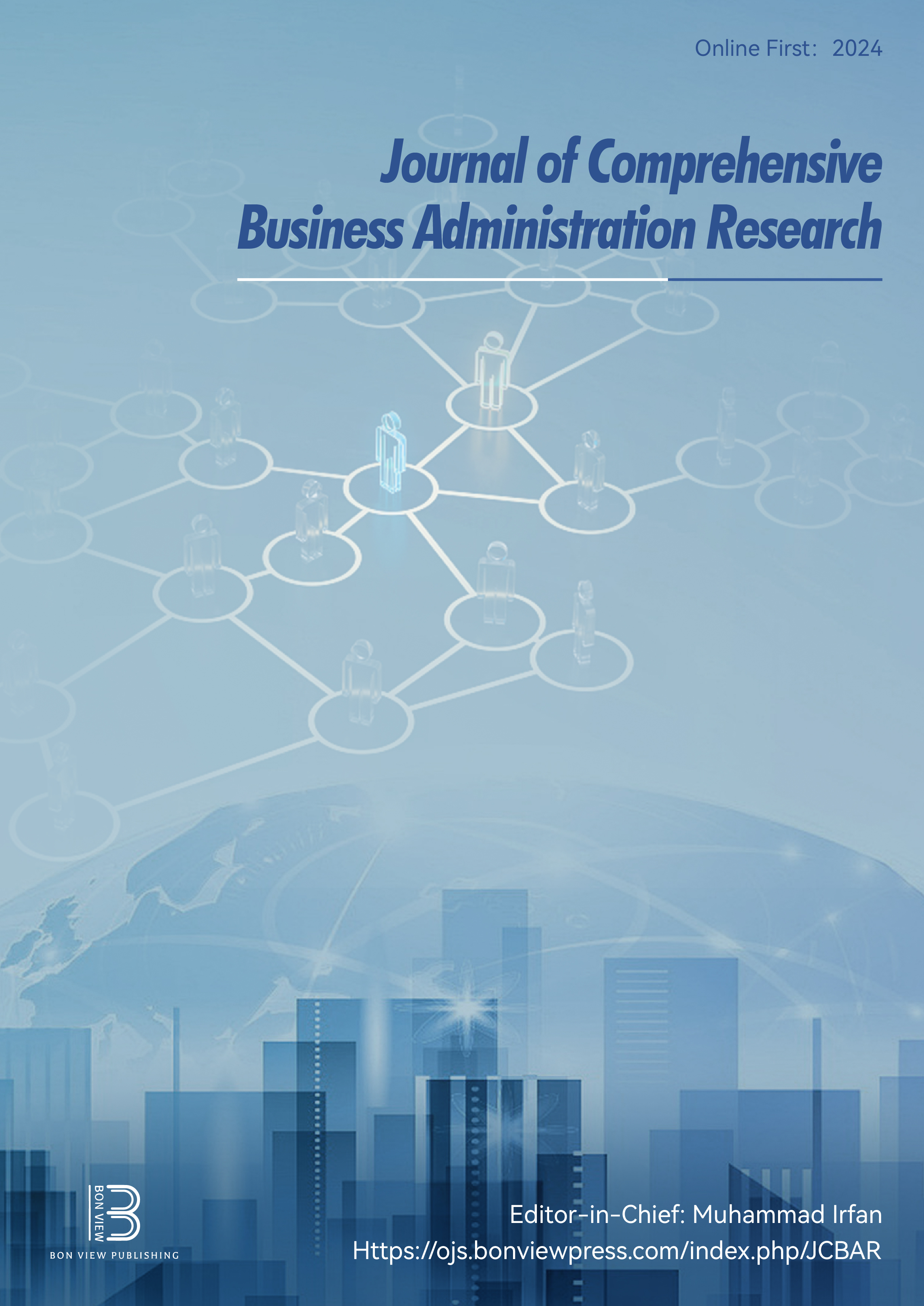The Collision of Working Remotely on Employee Engagement in IT Organizations: Empirical Evidence from Bengaluru-Based Organizations
DOI:
https://doi.org/10.47852/bonviewJCBAR52025588Keywords:
employee engagement, remote work, work -from -home, Bengaluru IT organizationsAbstract
The collision of working remotely on employee engagement has been examined in information technology companies in Bengaluru. Data were collected from 105 IT employees using a structured questionnaire. Descriptive statistics, correlation, regression, and Analysis of Variance (ANOVA) were used for analysis. The results indicated a moderate positive correlation (r = 0.493, p < 0.01) between stress levels and challenges in maintaining a work-life balance. In regression, stress was found to explain about 24.3% of the work-life balance variation (R² = 0.243; F = 32.695; p < 0.001). No significant differences in engagement levels were found based on gender and age according to ANOVA results. The tool used for this study proved to be reliable (Cronbach’s alpha = 0.875). It can be inferred that remote work allows flexibility, but managing stress is fundamental to sustaining employee engagement. The research provides relevant insights for Human Resources (HR) practitioners and organizational leaders in improving the remote work policies and the general well-being of employees.
Received: 4 March 2025 | Revised: 23 April 2025 | Accepted: 10 July 2025
Conflicts of Interest
The authors declare that they have no conflicts of interest to this work.
Data Availability Statement
Data are available from the corresponding author upon reasonable request.
Author Contribution Statement
Sanober Shaikh: Conceptualization, Methodology, Validation, Writing – original draft, Visualization, Formal analysis and Project administration. Preeti S. Desai: Investigation, Visualization, Validation, Writing – review & editing. Gireesh Y. M.: Writing – review & editing, Validation.
Downloads
Published
Issue
Section
License
Copyright (c) 2025 Authors

This work is licensed under a Creative Commons Attribution 4.0 International License.


